Durham Cathedral was inscribed together with Durham Castle as one of Britain’s first World Heritage Sites in 1986. Like Hadrian’s Wall and the Angel of the North, it is an icon of north-east England, its image is instantly recognisable to people who love this part of Britain.
Plan your trip to Durham Cathedral
Construction began on the magnificent structure in 1093 and was largely completed within 40 years. Remarkably, it is the only cathedral in England to retain almost all of its Norman craftsmanship, and one of few to preserve the unity and integrity of its original design.
What to visit
The Tower
On a clear day see fabulous views of the City of Durham, the River Wear, County Durham and beyond. The Angel of the North can be seen facing the Cathedral from The Tower too.
Open Treasure
Be one of the first to explore Open Treasure, Durham Cathedral’s world-class exhibition route is now open.
Open Treasure will open the doors to previously hidden spaces within the Cathedral Cloister, representing some of the most intact surviving medieval monastic buildings in England and home to the best preserved monastic library in the British Isles.
The story of these remarkable buildings will be told, revealing their historical and architectural significance through the creation of a new exhibition route which will begin in the 14th-century Monks’ Dormitory and end in the Great Kitchen, one of only two surviving monastic kitchens in the UK.
Discover treasures from the Cathedral’s internationally renowned collection, including the Treasures of St Cuthbert, stunning medieval manuscripts, rare Anglo-Saxon artefacts and exquisite metalwork, all complemented by an exciting rolling exhibition programme.
Opening date, times and prices will be announced on the Cathedral’s website closer to the time.
The Undercroft Restaurant
A wide range of homemade cakes and snacks are available all day. A lunchtime menu is served between noon and 2pm. Local produce and local ingredients are used whenever possible.
The Cathedral Shop
The perfect place to buy a souvenir or gift for family and friends. The shop stocks a wide range of religious and theological books as well as church supplies.
The Chapter House
A must for any Harry Potter fan, The Chapter House was the setting for Professor McGonagall’s classroom in The Philosopher’s Stone and The Chamber of Secrets. The cathedral’s elegant cloisters also became the snow-covered quadrangle of Hogwart’s School of Witchcraft and Wizardry.
Pictures of Durham Cathedral
History of Durham Cathedral
The Cathedral was built as a place of worship, specifically to house the shrine of the North’s best-loved saint, Cuthbert, in whose honour pilgrims came to Durham from all over England. It was also the home of a Benedictine monastic community.
However, the Cathedral also served a political and military function by reinforcing the authority of the prince-bishops over England’s northern border.
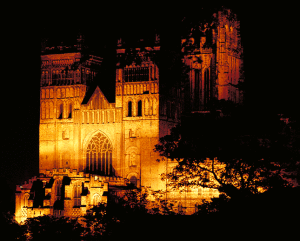
The Reformation was a watershed in the Cathedral’s history as it brought the dissolution of the Priory and its monastic community. Saint Cuthbert’s tomb was destroyed on the orders of Henry VIII in 1538 and the body of the saint was exhumed. According to the 1591 works, ‘Rites of Durham’, the body was discovered to be uncorrupted. The monastery eventually surrendered to the Crown in December 1540, thus ending hundreds of years of monastic life at the Cathedral.
Much valuable information about life in the Cathedral in the period immediately prior to the dissolution can be found in, ‘The Rites of Durham’ which it is presumed was written by a former member of the monastic community and is available in the Cathedral.
Despite the continuity of some of the personnel, this period must have been very traumatic in the life of the Cathedral as medieval worship and monastic life gave way to the new Book of Common Prayer. There was much regrettable destruction of historic furnishings and artefacts in the later 16th century as the reforms were zealously upheld.
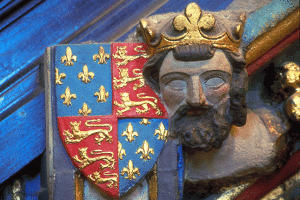
During the Civil War and the Commonwealth period in the 17th century things became even worse in Durham. After the Battle of Dunbar on 3 September 1650, Durham Cathedral was used by Oliver Cromwell as a makeshift prison to hold Scottish prisoners-of-war.
It is estimated that as many as 3,000 were imprisoned of whom 1,700 died in the cathedral itself, where they were kept in inhumane conditions, largely without food, water or heat. The prisoners destroyed much of the cathedral woodwork for firewood but Prior Castell’s clock, which featured the Scottish thistle, was spared. It is reputed that the prisoners’ bodies were buried in unmarked graves but the survivors were shipped as slave labour to North America.
Admiring the breathtaking architecture today, from the Norman-style Galilee Chapel to the 15th-century design of The Cloister, it is difficult to imagine such that such a tumultuous history is contained within its walls.
To modern audiences, Durham Cathedral is more popularly associated with the Harry Potter movies. Excited fans continue descend on the Cathedral in the hopes of capturing the perfect photo opportunity.
Whether a visit is motivated by magic or by another reason altogether, more than 600,000 people come to Durham Cathedral from all over the world each year. The Cathedral appeals to a wide range of audiences, from movie buffs and to academics to lovers of architecture and art.
There are those who come on pilgrimage inspired by the north’s saints Cuthbert and Bede, local people from County Durham villages and towns who value the Cathedral’s links with the mining community.
And of course, there are thousands of visitors who simply wish to admire the beautiful surroundings of this very special city in the heart of the North East of England.
Telephone: 0191 386 4266
Email: enquiries@durhamcathedral.co.uk
Website: www.durhamcathedral.co.uk

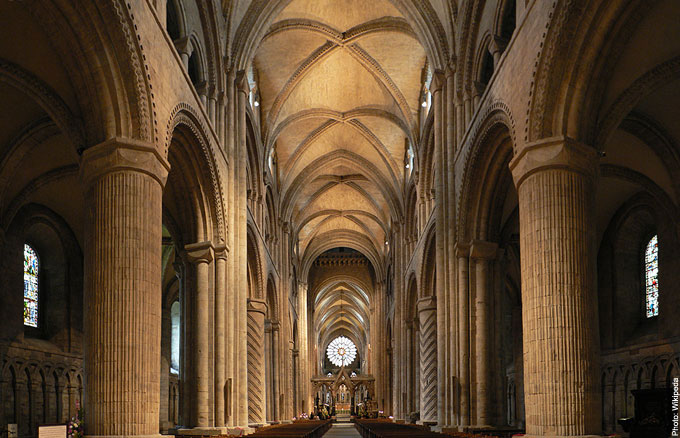
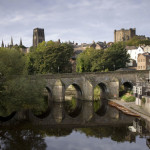
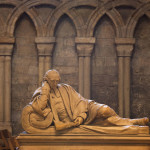
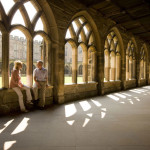
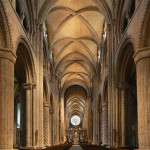
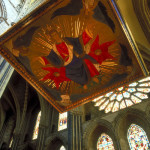




 © 2024
© 2024